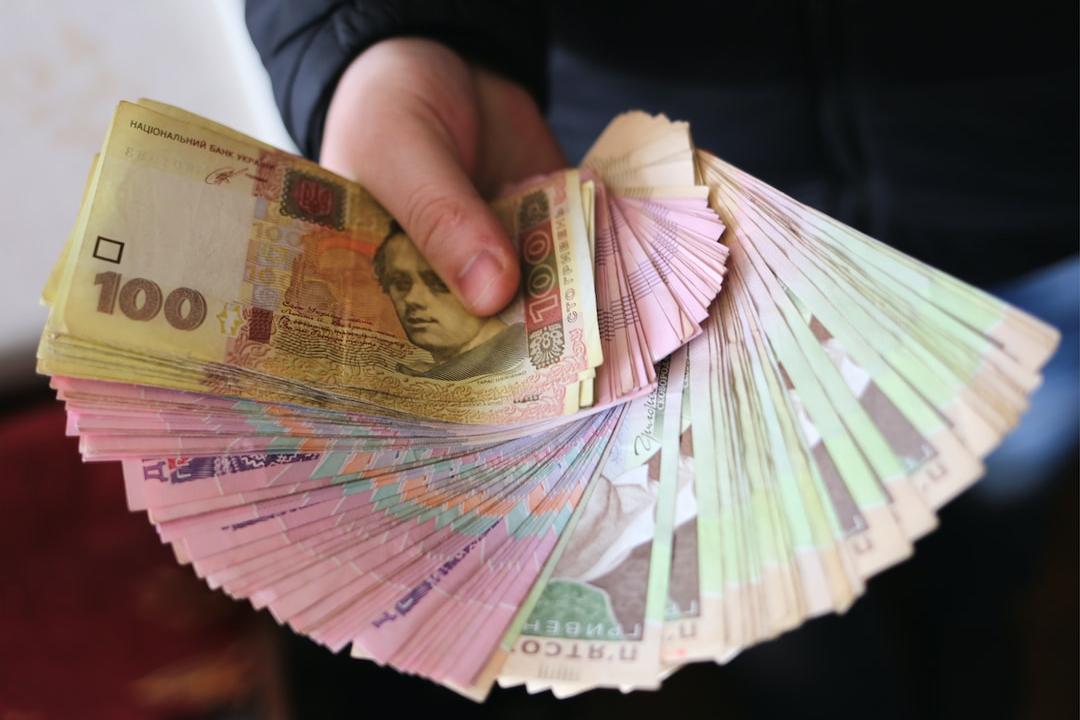The approaching 2024 election in America has brought attention to the upcoming decision by the U.S. Federal Reserve's Federal Open Market Committee regarding the benchmark interest rate just two days later.
The suspense surrounding the next U.S. president, a result that may not be determined on Election Night, is coupled with the U.S. central bank's scheduled decision on the federal funds rate (FFR) on Nov. 7. The FFR set by the Fed serves as a key indicator for interest rates nationwide, and there is widespread anticipation that a rate cut will be announced during the upcoming meeting. As of Oct. 30 at 8:30 a.m. ET, the trusted CME's Fedwatch tool, rooted in futures markets, indicates a 99% probability of a quarter-point cut.
The Fedwatch tool suggests a mere 1% chance of rates remaining unchanged, with no expectations for a larger half or three-quarter-point cut. While the Fedwatch tool, esteemed in financial circles, is not infallible in predicting rates, it has consistently shown a strong track record despite missing the mark in 2023 due to shifting economic conditions.
In parallel, the betting odds on Polymarket reveal an 86% likelihood of a quarter-point cut as of Oct. 30 at 8:30 a.m. ET. Polymarket's odds for a half-point cut are at 5%, with a 10% chance of no change. Similarly, Kalshi.com shows an 85% probability of a quarter-point cut, a 3% chance of a larger cut, and 11% odds for no change. The alignment between markets and prediction platforms as they anticipate the Federal Reserve's upcoming decision reflects strong confidence in a quarter-point rate cut.
However, uncertainties persist due to the unpredictable factors that can sway economic expectations, underscoring the fact that data-driven predictions are not absolute certainties. The convergence of election outcomes and economic policy decisions underscores the high stakes involved, with both events likely to influence public and financial sentiment long after Nov. 7 as the nation charts its economic path forward.

